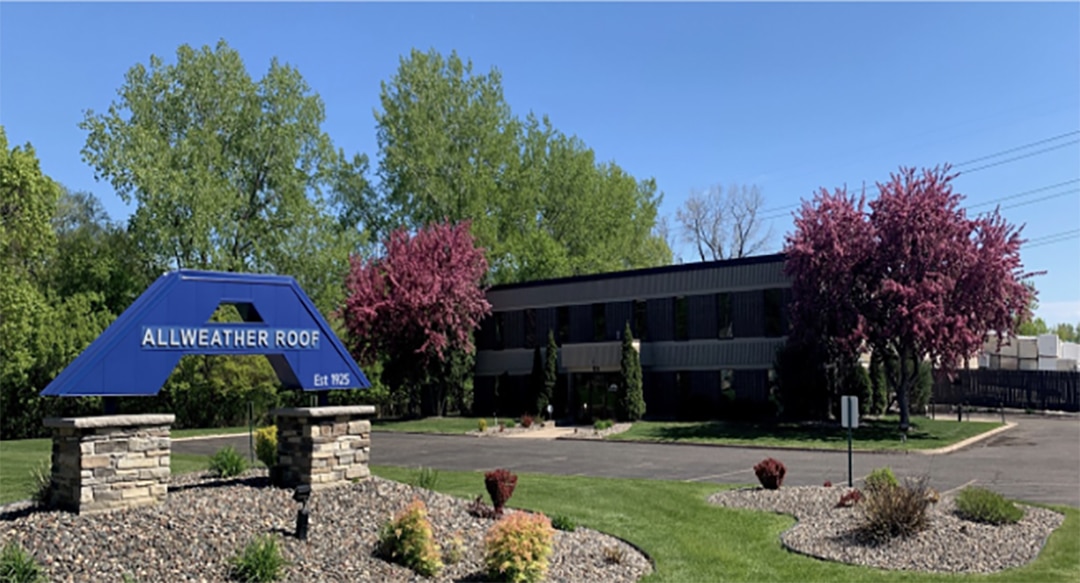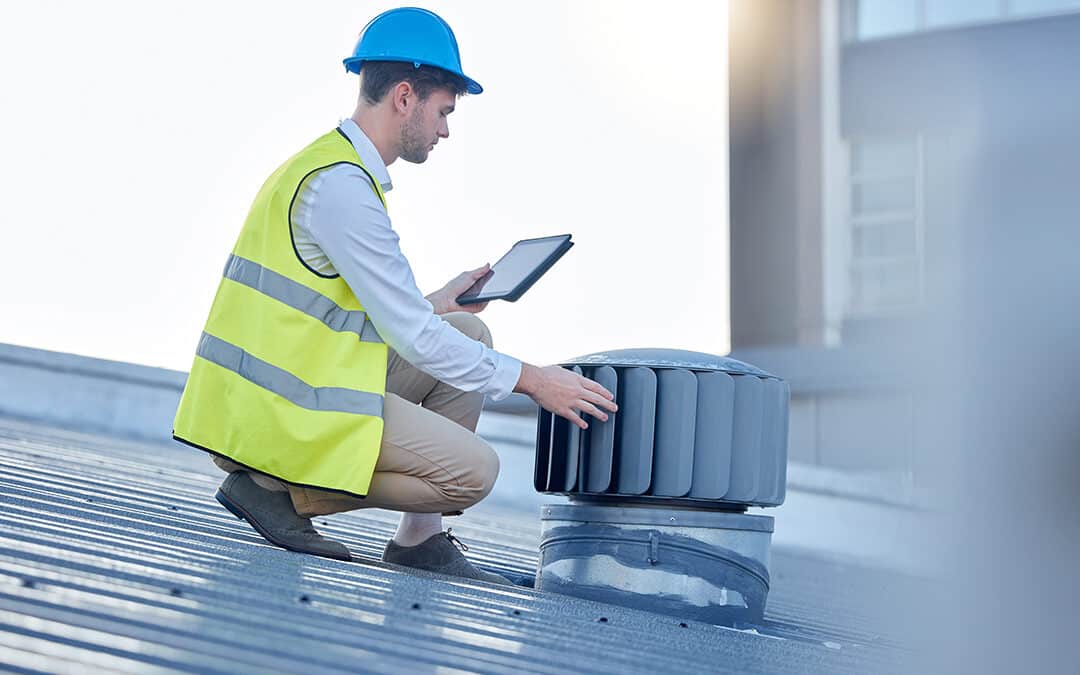For the unsung heroes of any commercial structure, roofs silently bear the brunt of harsh weather, relentless sun, and the occasional rogue pigeon. Ensuring their well-being isn’t just about aesthetics; it’s about protecting the entire building and its occupants from leaks, structural damage, and costly repairs. This is where the crucial role of commercial roof inspections comes in.
Why Regular Inspections Matter
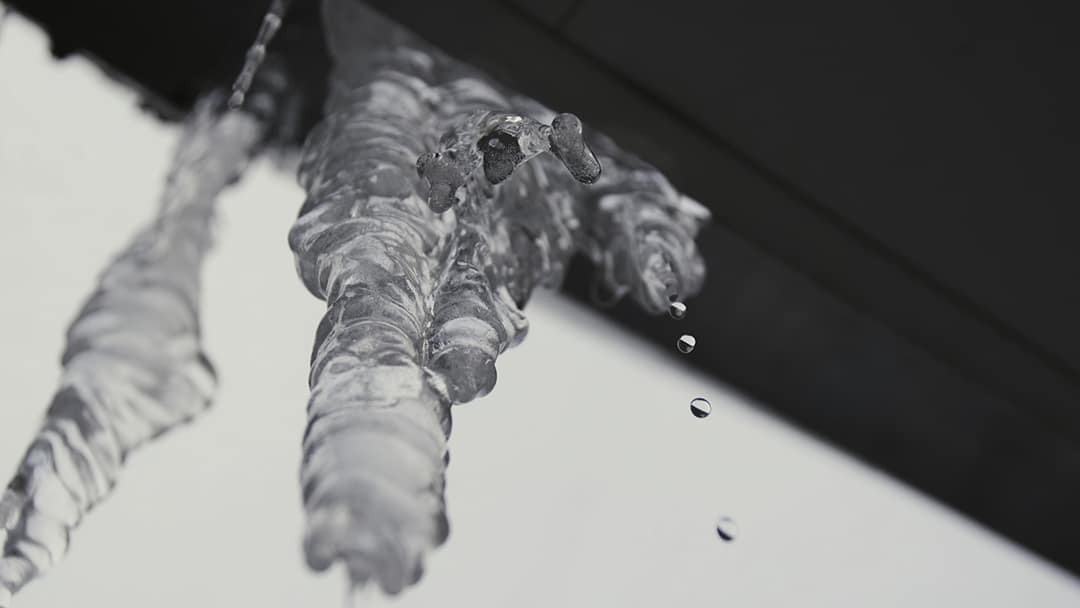
Just like your car needs oil changes and tune-ups, commercial roofs require periodic checkups to maintain optimal performance. Regular inspections, ideally biannually, offer a multitude of benefits:
Early Leak Detection: Leaks, the arch enemies of roofs, can wreak havoc on interiors, leading to mold growth, electrical issues, and even structural compromise. Early identification through inspections prevents these problems from escalating, saving time and money.
Extended Roof Lifespan: Proactive maintenance gleaned from inspections extends the lifespan of your roof, potentially by years. By addressing minor issues before they snowball, you’re essentially making your roof investment last longer.
Reduced Repair Costs: Timely repairs of small problems identified during inspections are significantly cheaper than fixing extensive damage caused by neglecting those issues. Think of it as preventative medicine for your roof.
Enhanced Safety: Damaged roofs pose safety hazards, with potential risks of falling debris or slips on wet surfaces. Inspections ensure a safe environment for occupants and maintenance personnel alike.
Peace of Mind: Knowing your roof is in good shape offers invaluable peace of mind, allowing you to focus on running your business without worrying about the next downpour causing havoc.
A thorough commercial roof inspection is a multi-faceted process, encompassing various elements:
1. Pre-Inspection Preparation: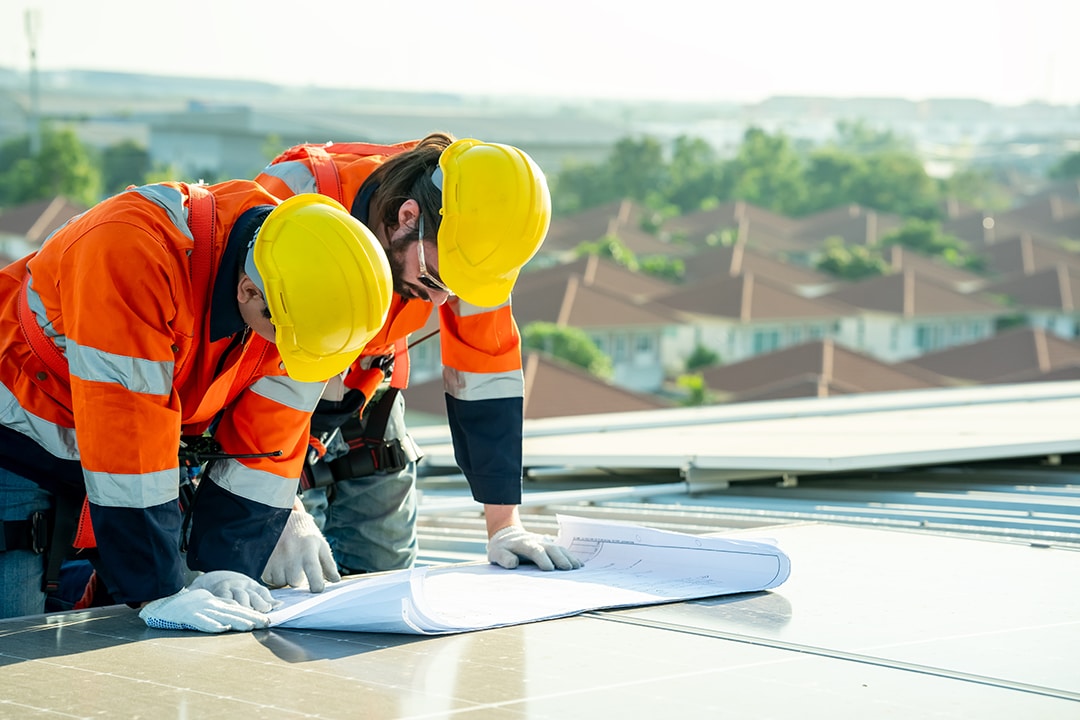
Gathering Information: The inspector collects details about the roof’s age, type, maintenance history, and any known issues.
Reviewing Roof Plans: Familiarization with roof plans and drainage systems helps target potential problem areas.
Safety Measures: Implementing proper safety protocols, including fall protection equipment and weather considerations, is paramount.
2. Visual Inspection:
Rooftop Walk-through: A meticulous, close-up examination of the entire roof surface is conducted, checking for:
Membrane condition: Tears, punctures, blisters, granule loss, and abnormal wear.
Flashing integrity: Cracks, rust, and sealant failures around curbs, pipes, and other penetrations.
Drainage system functionality: Clogged gutters, downspouts, and scuppers can lead to water pooling.
Ponding water: Areas where water collects and stagnates, indicating drainage issues.
Debris accumulation: Leaves, branches, and other debris can trap moisture and accelerate deterioration.
Interior Inspection: Checking for signs of water intrusion, such as stains, mold growth, and warped ceilings, helps identify leaks from the inside out.
3. Advanced Techniques:
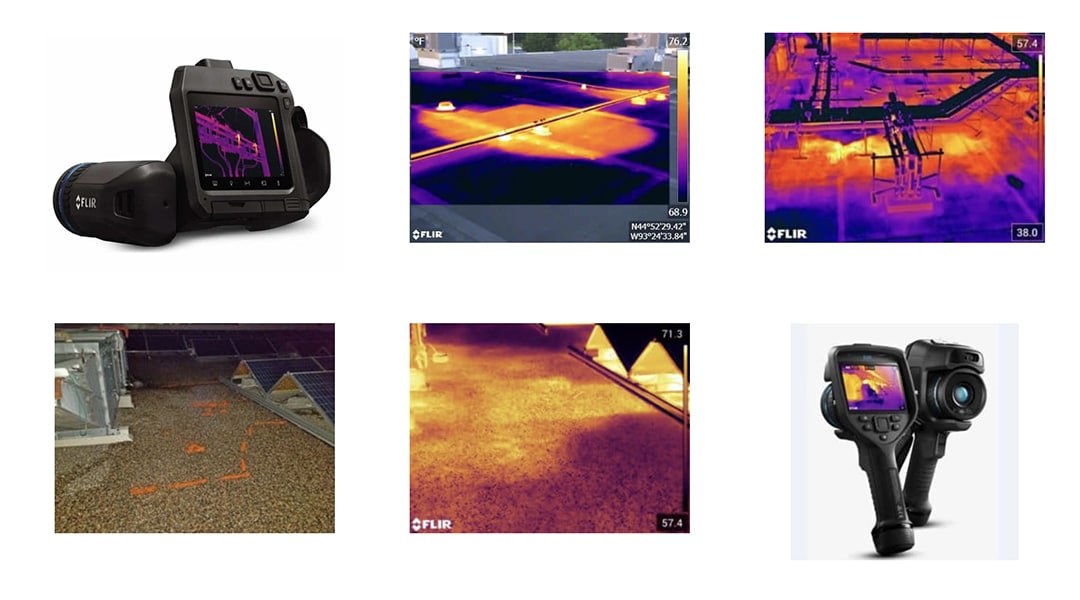
Infrared Thermography: This technology uses thermal imaging to detect moisture trapped beneath the roof surface, pinpointing potential leaks not visible to the naked eye.
Core Samples: In some cases, the inspector might take small samples of the roofing material for laboratory analysis to assess its condition and identify potential problems.
Drone Inspections: For large or hard-to-reach roofs, drones equipped with high-resolution cameras can provide detailed imagery and insights.
4. Reporting and Recommendations:
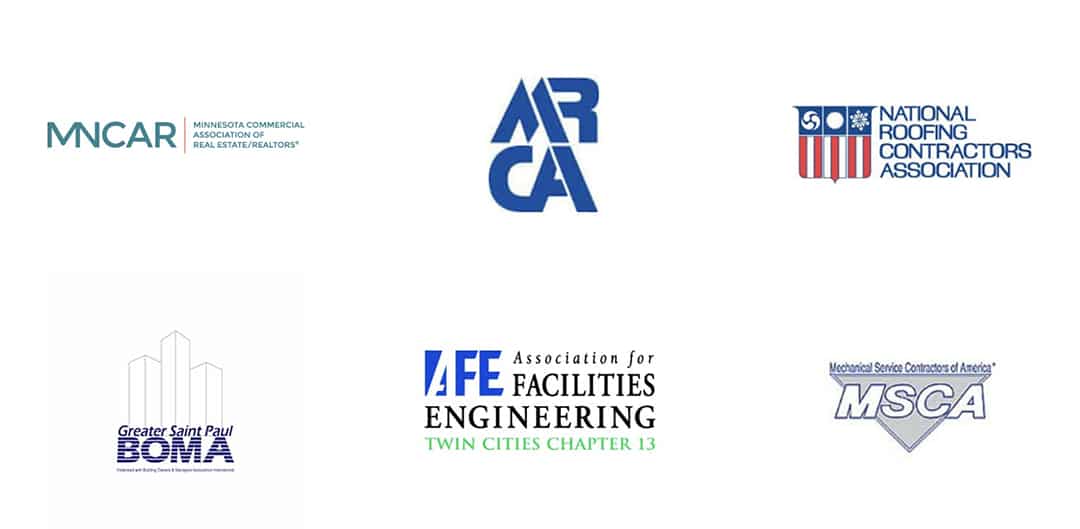
Detailed Report: The inspector compiles a comprehensive report documenting the findings, including photos, diagrams, and repair recommendations.
Priority Ranking: Issues are categorized based on severity and urgency, guiding the repair and maintenance schedule.
Cost Estimates: The report typically includes estimated costs for recommended repairs, allowing for informed budgeting decisions.
Investing in Expertise: Choosing the Right Inspector
Selecting a qualified and experienced inspector is crucial for a reliable and accurate assessment. Look for inspectors who possess:
Industry Certifications: Certifications like NRCA (National Roofing Contractors Association) or RCIA (Roof Consulting & Inspection Association) demonstrate expertise.
Experience with Similar Roofs: Familiarity with your specific roof type and size ensures a nuanced understanding of potential issues.
Positive References: Checking references and online reviews provides valuable insights into the inspector’s work ethic and professionalism.
For commercial property owners in Golden Valley, Minnesota, ensuring the well-being of their roofs goes beyond aesthetics; it’s about protecting their entire investment. This is where Allweather Roof, a trusted commercial roofing company in the Twin Cities metro area, steps in with its comprehensive and meticulous roof inspection process.
Conclusion: Proactive Protection for Your Golden Valley Oasis with Allweather Roof
Regular commercial roof inspections are not just an expense; they’re a wise investment in the longevity, safety, and value of your property. Allweather Roof understands this, and their team of experienced and certified inspectors is dedicated to providing Golden Valley businesses with peace of mind. By partnering with Allweather Roof for your biannual inspections, you gain access to their expertise, advanced technology, and commitment to quality, ensuring your commercial oasis remains safe and sound for years to come. Contact Allweather Roof today and let them safeguard your Golden Valley investment, one thorough inspection at a time.
Additional Tips:
Maintain clear communication with your inspector throughout the process.
